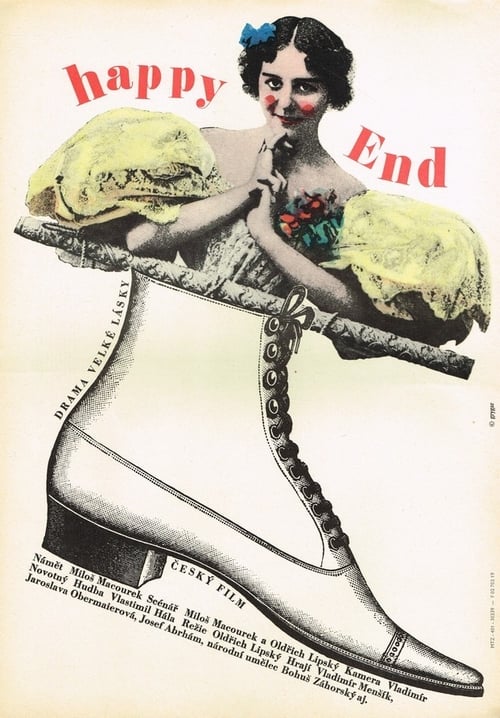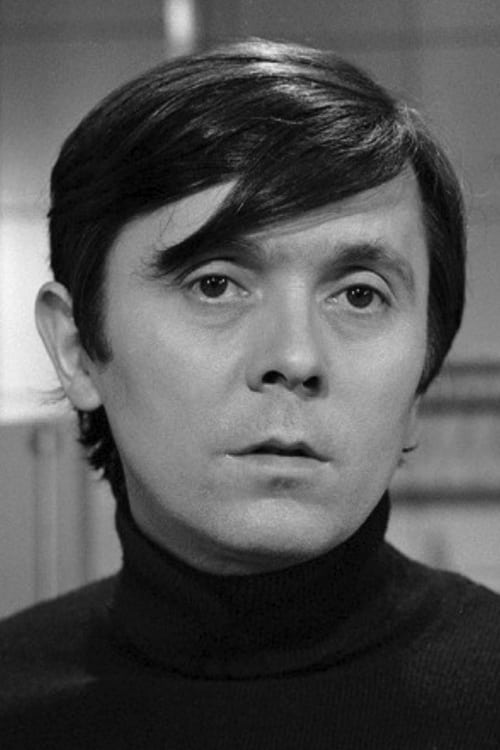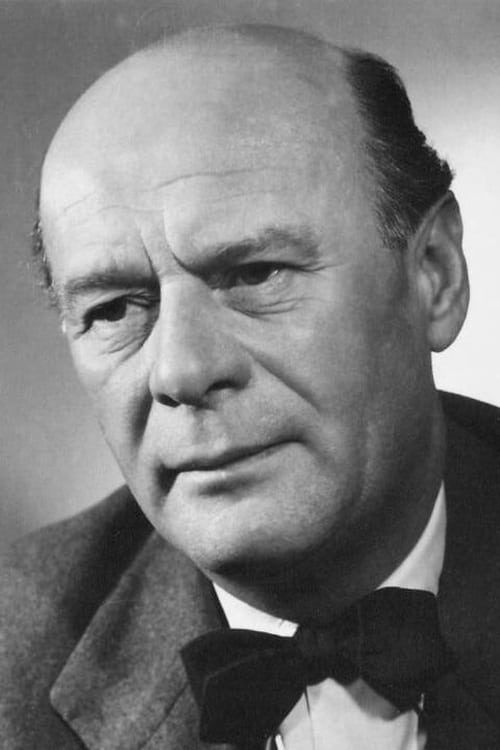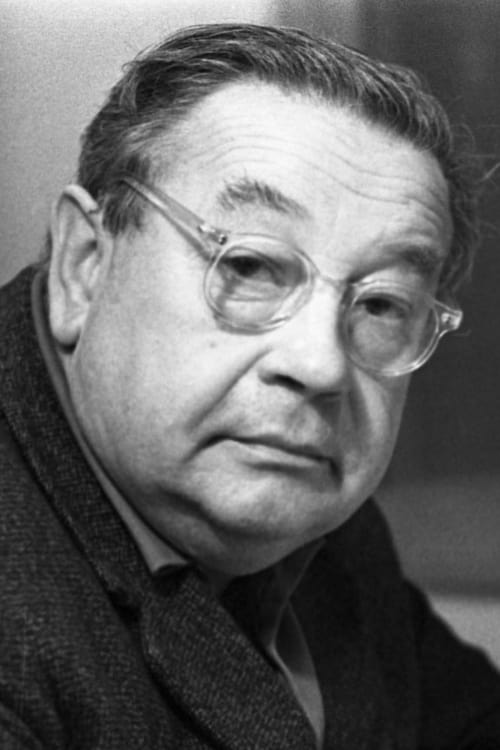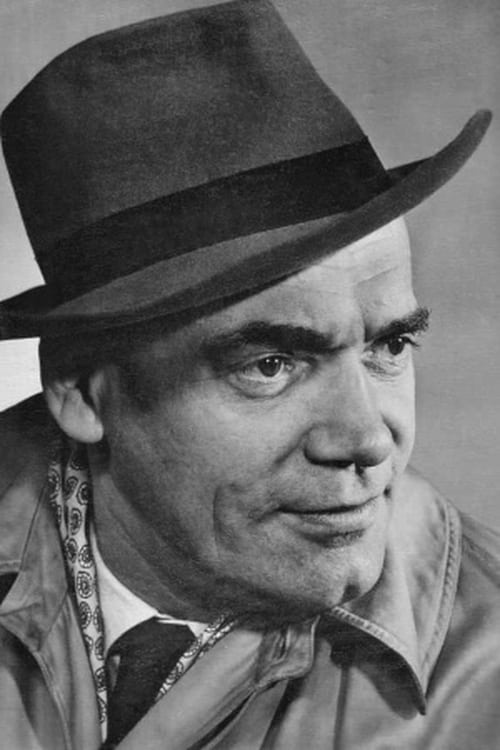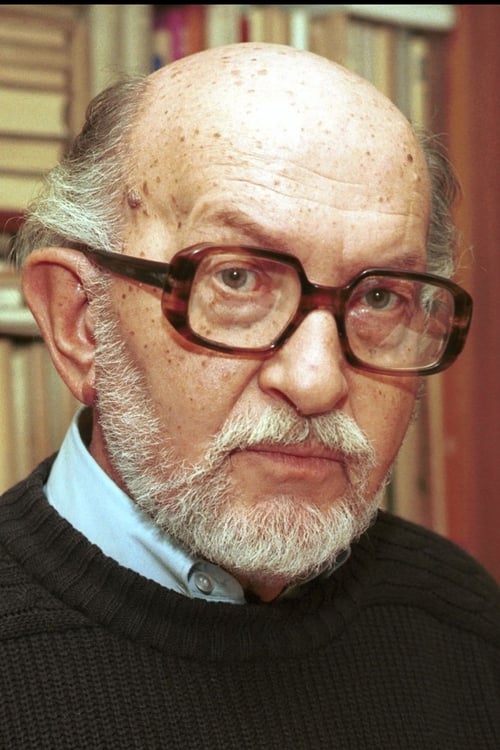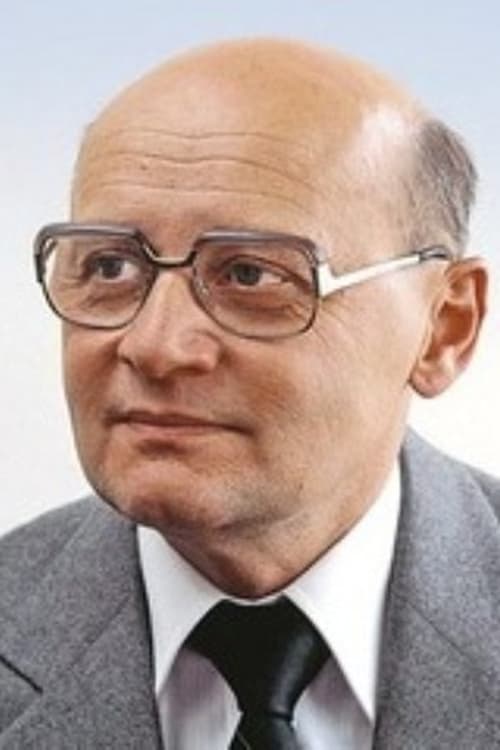Happy End (1967)
장르 : 코미디
상영시간 : 1시간 11분
연출 : Oldřich Lipský
각본 : Miloš Macourek, Oldřich Lipský
시놉시스
A dark comedy about a murder and its consequences presented in a backwards manner, where death is actually a rebirth. The film starts with an "execution" of the main protagonist and goes back to explore his previous actions and motivations.
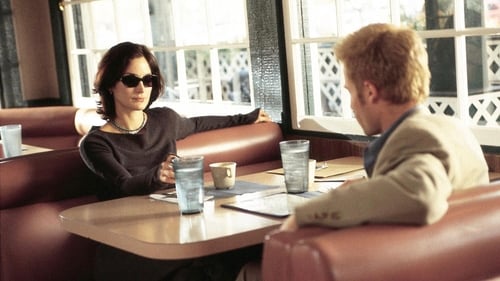
전직 보험 수사관이었던 레너드에게 기억이란 없다. 자신의 아내가 강간당하고 살해되던 날의 충격으로 기억을 10분 이상 지속시키지 못하는 단기 기억상실증 환자가 되었던 것이다. 그가 마지막으로 기억하고 있는 것은 자신의 이름이 레너드 셸비 라는 것과 아내가 강간당하고 살해당했다는 것, 그리고 범인은 존 G 라는 것이 전부. 레너드는 자신의 가정을 파탄 낸 범인을 찾기 위한 방법으로 메모와 문신을 사용하게 된다. 하지만 진실에 다가갈수록 자신의 기억, 주위 사람들에 대한 의심이 갈수록 커져만 가는데...

평생 누군가를 사랑하려면 초능력이 필요한데, 애나와 마르코는 이것을 잘 알고 있다. 그녀는 충동적인 만화가이고 관습의 적이다. 그는 모든 현상이 나름대로의 설명이 있다고 확신했다. 그리고 그들을 함께 있게 하는 것, 어떤 공식도 드러내거나 설명할 수 없는 미지의 것.

Two instants separated by 99 days conflict with each other.

A musical horror story about two young women who are stalked through a shopping mall by a cannibal. He follows them home, and here the victims become the aggressors.
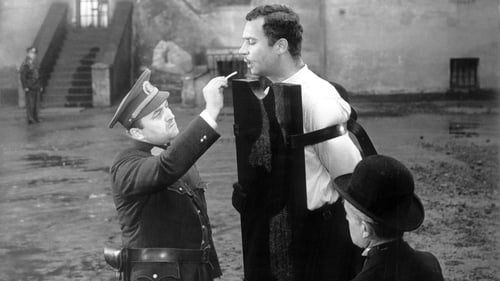
A dark comedy about a murder and its consequences presented in a backwards manner, where death is actually a rebirth. The film starts with an "execution" of the main protagonist and goes back to explore his previous actions and motivations.

Consistent stylistic-thematic structures link and merge throughout the bewildering event chain. The distinction between organic forms and human artifacts is blurred by the visual style which is enigmatic without being ambiguous.
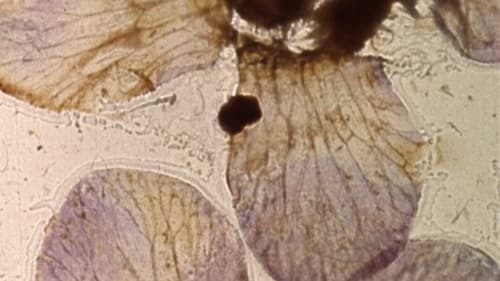
카메라없이 처음으로 만들어진 작품. 실제로 필름 위에 나방의 날개, 꽃잎 조각, 풀 등을 콜라주 형태로 붙여놓고 일련의 프린트 과정을 거친 작품으로 널리 알려져 있다. 이미 죽어버린 생명체가 작가의 손길을 거쳐 스크린 위에 다시 투영될 때의 빛의 숨결을 받아 새로운 생명으로 환생한다는 역설적인 메시지를 지니고 있다. 바로 빛의 깜박거림으로 인하여 영사기를 통해 보여지는 나방의 날개는 마치 살아서 움직이는 것같은 환상을 관객들에게 제공한다.
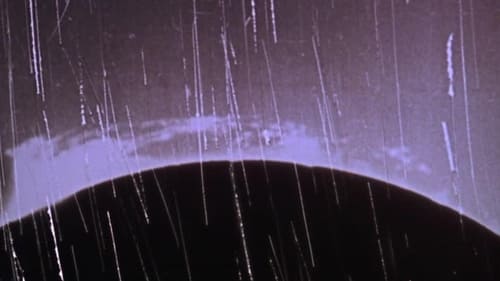
A creation myth realized in light, patterns, images superimposed, rapid cutting, and silence. A black screen, then streaks of light, then an explosion of color and squiggles and happenstance. Next, images of small circles emerge then of the Sun. Images of our Earth appear, woods, a part of a body, a nude woman perhaps giving birth. Imagery evokes movement across time. Part of the Dog Star Man series of experimental films.
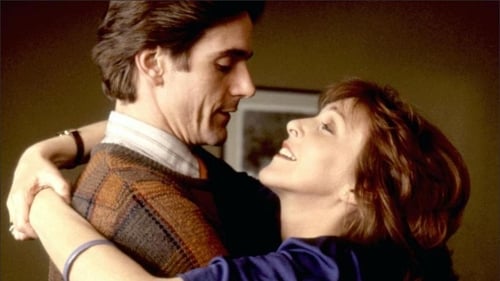
Pinter's semi-autobiographical play examining the surprise attraction, shy first steps, gradual flowering, and treasonous deception of a woman's extramarital affair with her husband's best friend; the entire story is told from the husband's point of view, with the scenes in precise reverse chronological order. Written by Dan Hartung

After a catastrophic global war, a young filmmaker awakens in the carnage and seeks refuge in the only other survivor: an eccentric, ideologically opposed figure of the United States military. Together, they brave the toxic landscape in search of safety... and answers.
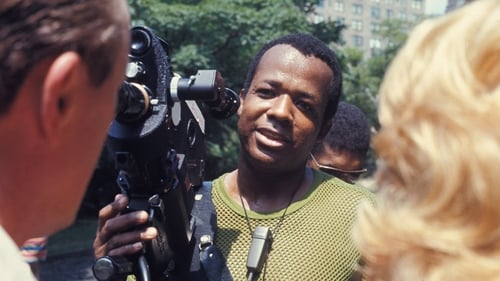
In Manhattan's Central Park, a film crew directed by William Greaves is shooting a screen test with various pairs of actors. It's a confrontation between a couple: he demands to know what's wrong, she challenges his sexual orientation. Cameras shoot the exchange, and another camera records Greaves and his crew. Sometimes we watch the crew discussing this scene, its language, and the process of making a movie. Is there such a thing as natural language? Are all things related to sex? The camera records distractions - a woman rides horseback past them; a garrulous homeless vet who sleeps in the park chats them up. What's the nature of making a movie?
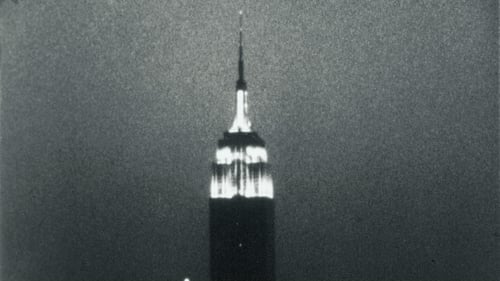
Experimental film consisting of a single static shot of the Empire State Building from early evening until nearly 3 am the next day.

An experimental short film by Walerian Borowczyk and Jan Lenica.
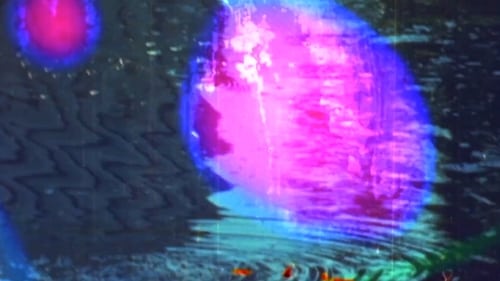
Tar pits form as petroleum seeps to the surface through fissures in the Earth’s crust, leaving viscous asphalt pools. To make Tar Pits Film, Jennifer West threw a strip of film into the La Brea Tar Pits in Los Angeles, still-bubbling asphalt pools which have seeped from the ground for tens of thousands of years. The film was then ridden over hot asphalt by a motorcycle and drenched in other substances including thick mayonnaise and body lotion.
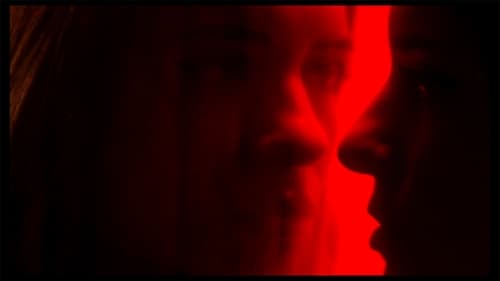
A tutorial about guided meditation. Throughout the project, the spectator is invited to follow a series of steps that, if done well, will take them to a calm and tranquility state.
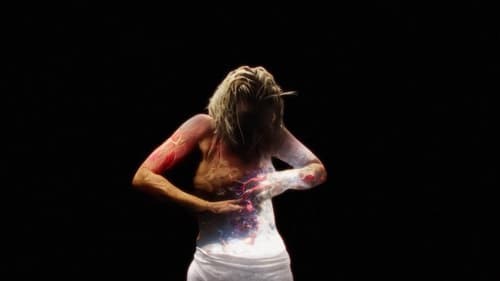
A brief journey through the human experience as seen by the eyes of an Artificial Intelligence.

Overripe with psychosexual poetry and stark, oneiric rituals, Adachi's filmmaking debut, made while he was still an undergraduate, counts among the more resonant accomplishments of the now famous Nihon University Film Club. Adachi's obvious fascination with the wide-eyed watchfulness of childhood and the uncanny is an expression of the important surrealist strand running throughout the post-WWII Japanese avant-garde. - Harvard Film Archive

Early Abstractions is a collection of seven short animated films created by Harry Everett Smith between 1939 and 1956. Each film is between two and six minutes long, and is named according to the chronological order in which it was made. The collection includes Numbers 1–5, 7, and 10, while the missing Numbers 6, 8, and 9 are presumed to have been lost.

100 basic images switching positions for 4000 frames.

Four friends leave Seattle for a weekend in a remote, rain-soaked corner of Washington State's rustic Skagit Valley. The foreboding October landscape begins to warp their minds, plunging each of them into alternate realities where they must grapple with personal demons, sexual tensions, and a sinister natural world as they claw their way back to sanity.
